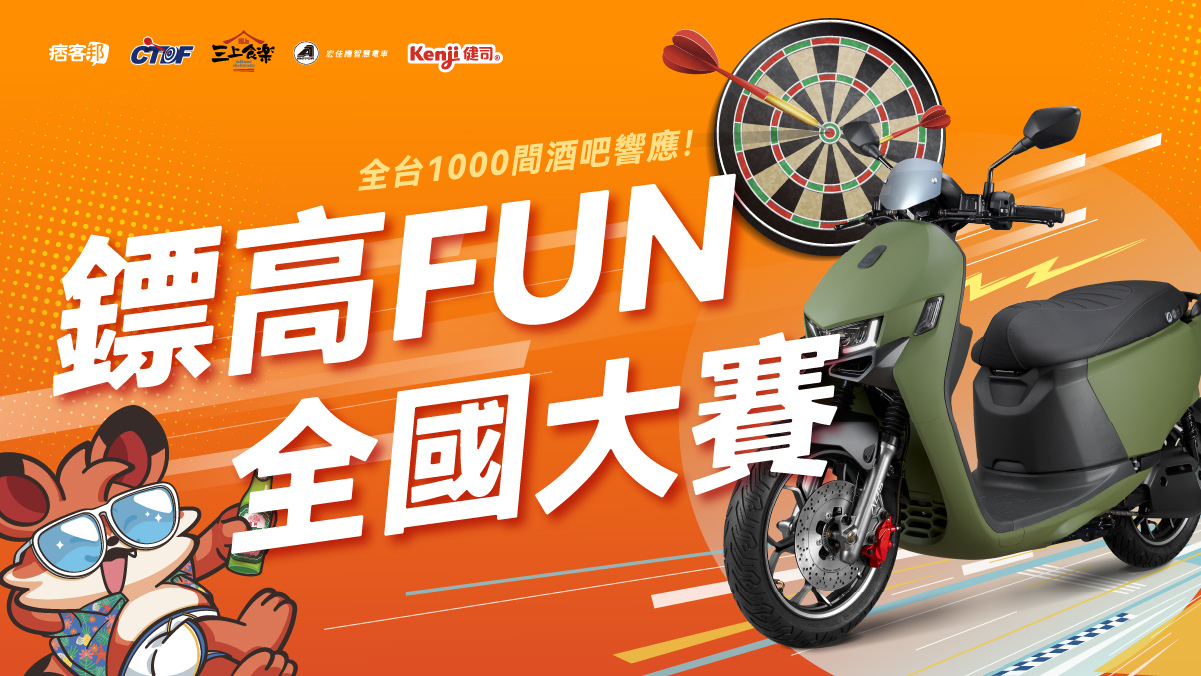Many machining companies know that there are many solutions in the application of machine tool loading and unloading. Among them, the application of articulated robots and truss type loading and unloading robots can be realized. So what are the differences between the two in the application? How to judge? How to make a simple comparative analysis of truss type robots and joint industrial robots from four aspects: application layout, man-machine management, efficiency, and cost?
1. Layout aspect
The truss manipulator is generally erected above the machine tool with a single track and a small footprint. Joint robots generally adopt a pair of 2 or 1 pair 3 (“品” shape layout). To ensure safety, the entire processing unit should be protected in an all-round way, while the upside down walking robot is too expensive, and the system has low complexity and low input. For practical applications, we will not focus on the discussion.
2. Human-machine collaboration
Since the workers of truss manipulator production line can monitor the processing process, sampling is convenient and the problems can be eliminated quickly with a good human-machine cooperation.
Due to the unpredictability of the motion track of the joint robot, the production unit is completely enclosed and the workers can't participate in the actual production process. In the production process, a series of monitoring and management are carried out on the silos, production equipment and robots in the production process. The system is huge, complicated and with high cost.
3. Efficiency (operating rate)
Operating rate is the standard of measuring the stable production of equipment. The introduction of robots automatically loading and unloading materials, in the actual production process, the stability of the blank quality, tool quality and life management needs to have higher requirements. The whole production process of the joint robot loading and unloading is unmanned and the management of the tool . The management of the tool is specific to the size that a knife make and the needs of cutter compensation size and compensated cutter size. If there are several knives involved in this size, it has greater challenges for production management and higher requirements on system integration. Because of the good human-machine cooperation, sampling and cutter compensating can be achieved by low threshold.
4. Cost aspects
Unit price, management and maintenance costs of the truss manipulator is generally lower than the joint industrial robot. Especially the multi-connected truss manipulator is much cheaper than the articulated manipulator, and the maintenance and management costs are also low.
Through the simple comparison above, it can be seen that although the vertical multi-joint robot has been widely applied to casting, handling, welding, and system integration for its three-dimensional space posture, high-accuracy positioning, and the convenient operation, it is defeated by the "stupid" truss manipulator with simple structure and single trajectory in the "simple" handling industry of machine tool loading and unloading. it is most important to choose the most suitable one when transforming the automated production line of machine tools.
The simplicity of the truss manipulator allows people to participate in the monitoring of the production process, which is a gradual replacement for unmanned operations. This is actually more suitable for the existing production management methods of local enterprises.
ADTECH supply Industrial Welding Robot,6 Axis Industrial Robot, ADTECH - your motion control solutions provider.
- Dec 17 Mon 2018 15:37
The comparison between truss manipulators and articulated industrial robots on applications of loading machine tools
文章標籤
全站熱搜
 留言列表
留言列表
發表留言


 留言列表
留言列表


